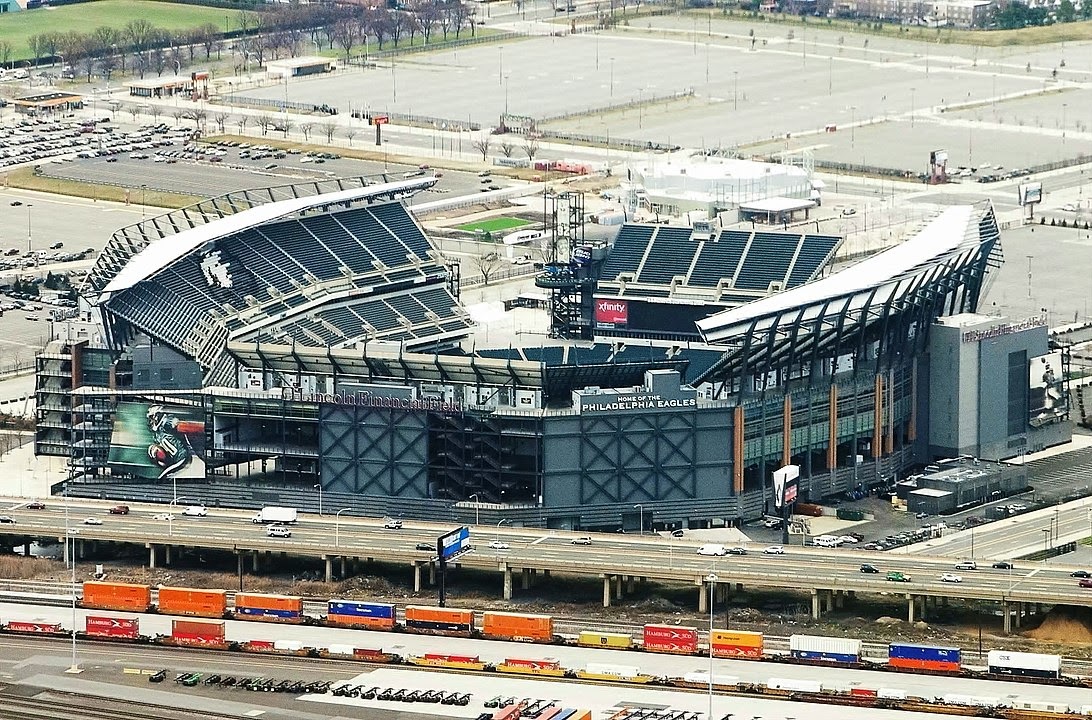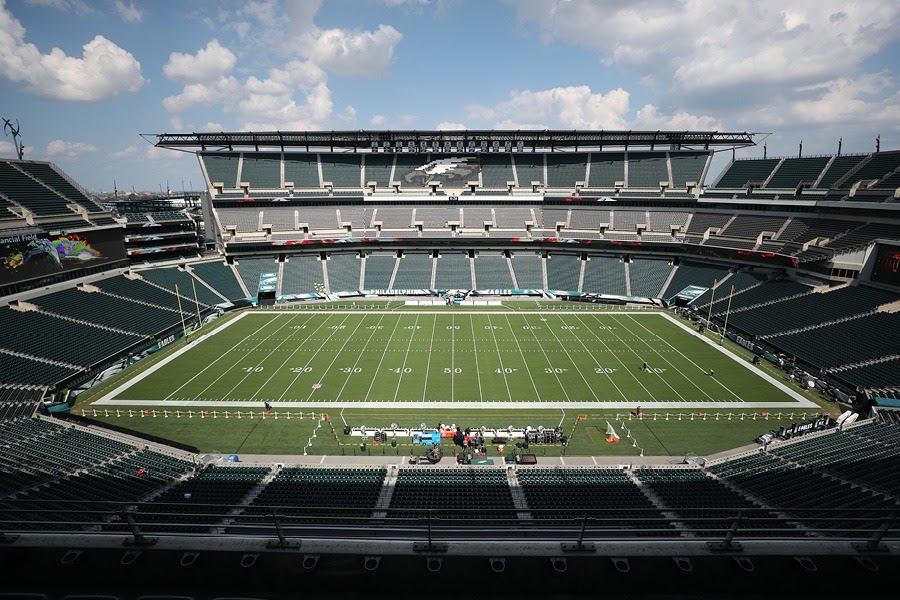When it comes to the world of professional sport, green is thought of as a color of the uniform worn by certain teams, as opposed to a train of thought. Yet people who aren’t avid sports fans might be surprised to discover how invested sports leagues, teams, and events are becoming when it comes to being friends of the environment in which they reside. Here are some Major Sporting Venues Going Eco-Friendly.
From community events such as youth leagues and tournaments, up through the world of organized high school and college sports, and even into the ranks of the pros, the sports world is embracing the concept of being more eco-friendly.
In fact, it can be argued that even the best online sport betting sites are becoming greater friends of the planet. Moving the vast majority of their operations online and on to mobile apps, the carbon footprint of placing a wager on a game is much less significant. There’s no longer the need to get in your car and drive to the sportsbook in order to place a bet.
Let’s look at some of the many ways in which the modern sports stadium is seeking to better its relationship with the sustainability of the planet.
“Lincoln Financial Field” by Philadelphia Eagles is licensed under CC BY 3.0
The Greening Of Stadiums
The concrete monoliths in which major sporting events are held were at one time symbolic of an area where a gigantic carbon footprint was persistently being embedded into the earth.
However, many stadiums are moving away from that image and taking measures to better their relationship with the planet. For instance, Lincoln Financial Field, home to the NFL’s Philadelphia Eagles, launched a Go Green Initiative in 2003 which continues to this day as an ongoing effort to shrink the team’s environmental impact.
A movement that began inauspiciously with the simple measure of placing recycle bins under every employee’s desk throughout the stadium is today the blueprint for how the modern stadium can work toward saving the planet.
It’s estimated that on game day, an NFL stadium can produce 80,000 pounds of trash. After an Eagles game, a small army of trash sorters spread out across the cavernous stadium. They slice open every trash bag, sorting out the recyclable materials.
Instead of pouring beer into plastic cups, concessionaires serve suds to patrons in recyclable aluminum cans. The aluminum is processed on site, enabling the team to generate $800-$1200 per ton in revenue.
Plastic is gathered and shipped to a company that turns it into reusable pellets. The team has repurposed these pellets to create cup holders for seats, among other in-stadium uses. Shrinkwrap is collated and supplied to another company that reuses it in drywall products. Food waste is composted, either on-site or through a third party.

“Lincoln Financial Field outside” by Wikimedia is licensed under CC BY 3.0
The team estimates that it is now 99 percent landfill free.
Lincoln Financial Field is powered 100 percent by renewable energy. Energy to operate the stadium is generated via 11,000 solar panels and 14 wind turbines. Approximately 10 megawatts of energy are consumed per year at the stadium. They used to go through that much energy on one game day.
New Facilities Built With Sustainability In Mind
What the Eagles have accomplished is impressive, because Lincoln Financial Field is an older facility. The newer NFL venues are being constructed with sustainability being as much as part of the blueprints as concrete and steel.
Both Minnesota’s U.S. Bank Stadium and Atlanta’s Mercedes-Benz Stadium have the ability to gather rainwater. In Atlanta, the new facility, constructed in 2017, can store more than 2.1 million gallons of stormwater on site.
That water is then used to clean much of the facility. This process has cut down water use at Mercedes-Benz Stadium by nearly 50 percent. On top of that, the greater Atlanta area is prone to flooding. By gathering this rainwater, it is prevented from surging through the community, dramatically reducing the chances of a flood occurring.
The natural competitive nature of the people who own these franchises and stadiums is driving many of them to seek to outdo each other when it comes to reducing their carbon footprints.
The best part of this concept is that when these NFL teams become more eco friendly, it’s everybody who ends up winning.





